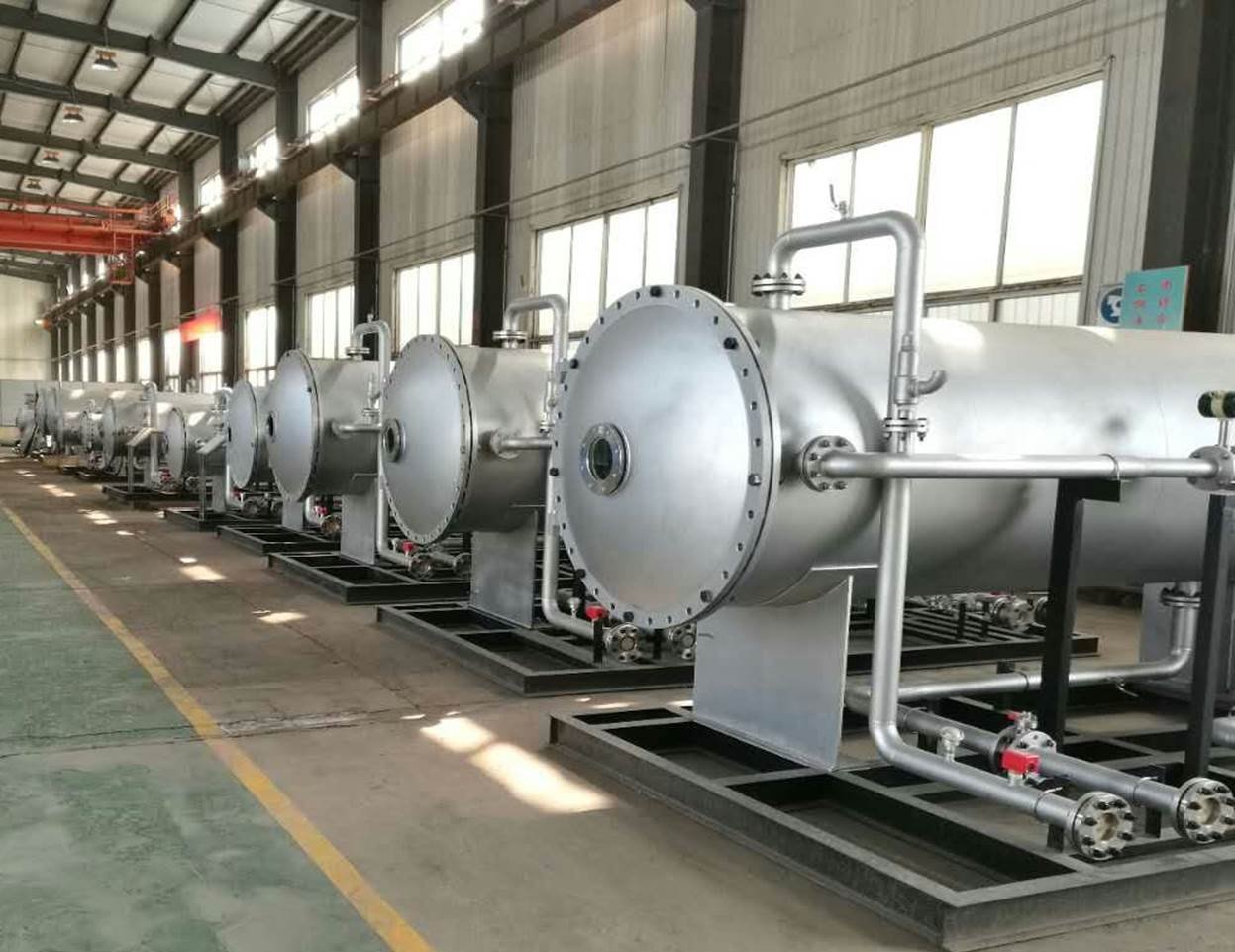
Mill Creek Wastewater Treatment Plant

The Mill Creek Wastewater Treatment Plant is a critical component of the infrastructure in the greater Cincinnati area. Located in Hamilton County, Ohio, the plant plays a vital role in the treatment and processing of wastewater from residential, commercial, and industrial sources in the region. In this article, we will delve into the operations of the Mill Creek Wastewater Treatment Plant, its importance to the local community, and the challenges it faces in meeting environmental regulations and expanding capacity.
History and Background
The Mill Creek Wastewater Treatment Plant was first established in the early 1960s to address the growing need for wastewater treatment in the rapidly developing Cincinnati metropolitan area. Over the years, the plant has undergone several upgrades and expansions to keep pace with the increasing population and industrial activity in the region.
Today, the Mill Creek Wastewater Treatment Plant is one of the largest such facilities in the state of Ohio, treating an average of 110 million gallons of wastewater per day. The plant serves a population of over 800,000 residents in the greater Cincinnati area, as well as numerous businesses and industries.
The Treatment Process at the Mill Creek Wastewater Treatment Plant is designed to remove harmful contaminants and pollutants from the wastewater, ensuring that it meets strict environmental standards before being discharged back into the environment. The process consists of several key steps, including:
1. Screening: Large debris and solids are removed from the wastewater through a series of screens and filters.
2. Primary Treatment: The wastewater is then settled in large tanks, allowing solids to settle to the bottom and grease and scum to rise to the top.
3. Secondary Treatment: In this stage, biological processes are used to further break down organic matter and remove dissolved contaminants.
4. Tertiary Treatment: Finally, the wastewater is treated with chemicals and filters to remove any remaining impurities, before being disinfected and discharged into local waterways.
Environmental Impact
The Mill Creek Wastewater Treatment Plant plays a crucial role in protecting the environment and public health by ensuring that wastewater is treated effectively before being released into the surrounding waterways. By removing contaminants and pollutants from the wastewater, the plant helps to prevent water pollution, protect aquatic ecosystems, and safeguard public health.
In recent years, the plant has faced increasing pressure to meet stricter environmental regulations and reduce its impact on the local environment. Efforts are underway to improve the treatment processes, increase energy efficiency, and reduce the plant’s carbon footprint. Additionally, the plant is exploring ways to reuse treated wastewater for non-potable purposes, such as irrigation and industrial processes, in order to conserve water resources and reduce the overall environmental impact.
Challenges and Future Plans
Despite its critical role in the community, the Mill Creek Wastewater Treatment Plant faces several challenges in maintaining and expanding its operations. One of the primary challenges is the aging infrastructure of the plant, which requires ongoing maintenance and upgrades to ensure its continued effectiveness.
Additionally, the plant is nearing its maximum capacity, as the population and industrial activity in the region continue to grow. Plans are underway to expand the plant’s capacity and improve its treatment processes to meet the increasing demand for wastewater treatment in the area.
In conclusion, the Mill Creek Wastewater Treatment Plant is a vital facility that plays a key role in protecting the environment and public health in the greater Cincinnati area. By treating wastewater effectively and meeting strict environmental standards, the plant helps to prevent water pollution and safeguard the health of local ecosystems. Moving forward, the plant will continue to face challenges in maintaining and expanding its operations, but with ongoing upgrades and improvements, it will remain a crucial asset to the community for years to come.
Sources:
1. Hamilton County Department of Environmental Services. (n.d.). Mill Creek Wastewater Treatment Plant. Hamilton County, Ohio. https://www.hcdoes.org/mill-creek-wastewater-treatment-plant
2. United States Environmental Protection Agency. (n.d.). Wastewater Management. https://www.epa.gov/wastewater.

